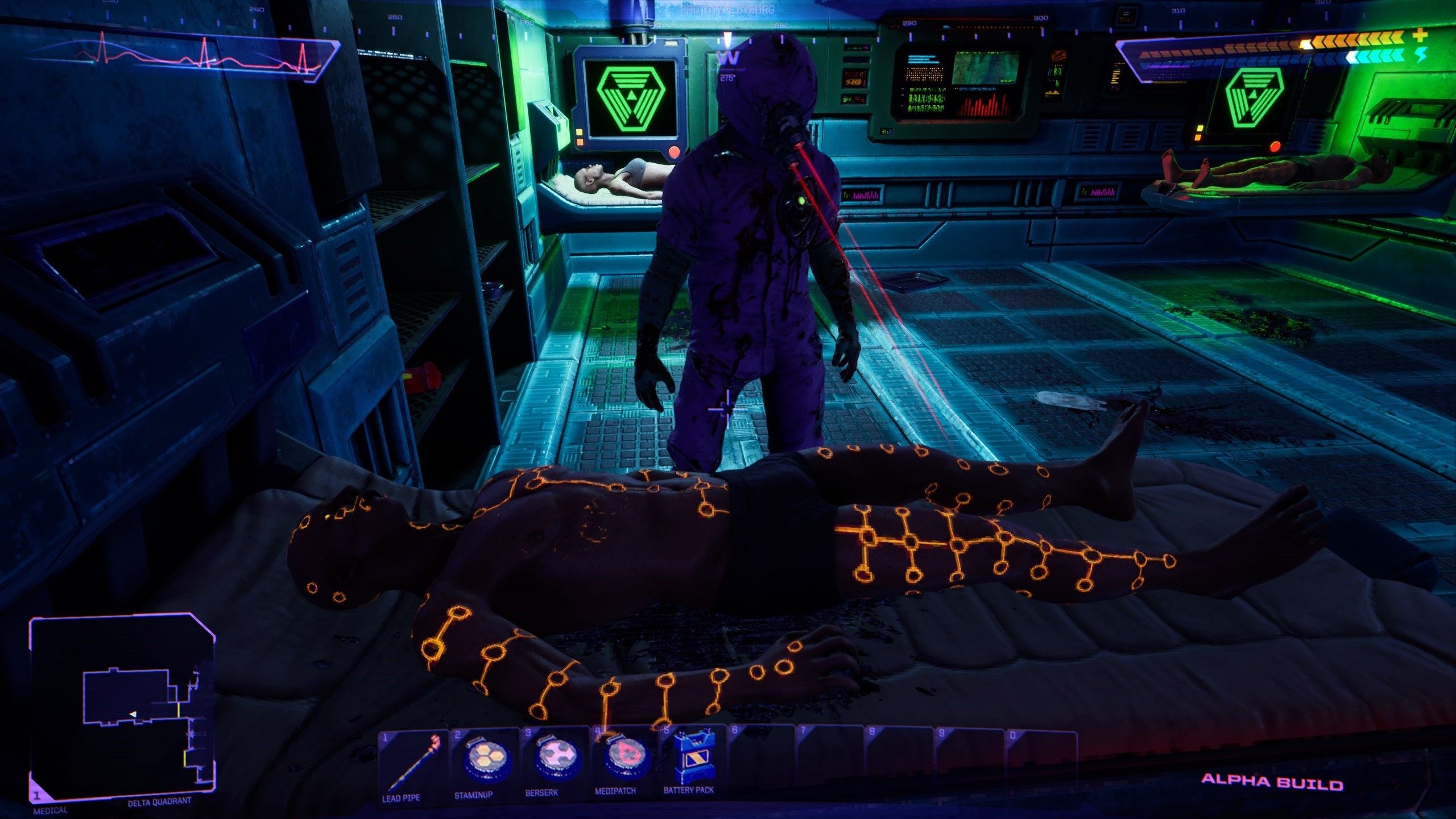
Stage 2: You’ve lost 15 to 30 of your body’s blood (750 mL to 1,500 mL or up to almost. Blood pressure and heart rate may still be normal at this point. The four stages of hypovolemic shock are: Stage 1: You’ve lost 15 of your body’s blood (750 mL or about 25 ounces). However, death in real-world levels doesn't have a canon explanation. With hypovolemic shock, there’s a large loss of blood or fluids. In the Assassin's Creed games, any death in the Animus is just simulated, and the simulation resetting is something the real-world (edit: the game's "real world") player character is actually experiencing. ZombiU, or just Zombi if your system doesn't end with U, also has the player respawn as a new character after death. I don't recall if they pulled those names from any actual list. Upon death, some sort of memorial screen would be shown, with the name of the character who just died. I think one of the Battlefield games, maybe the WW2 game, had the player respawn as a different character each time they died in the campaign. The credits sequence also had the player die of old age, surrounded by loved ones, only to be respawned back in another cloned body (allowing the player to continue playing in the open world, cute). The player has no memory of how they got to the start of the game, and at the end of the game, they would discover that they'd tried beating the final level countless times before, as dozens and dozens of their former bodies are piled upon each other. Prey 2, cancelled, had the player respawn in a cloned body. They'll even acknowledge the fact that they killed you before.

If an enemy kills you, expect them to be tougher the next time you see them. You're already dead, and sharing your body with a wraith, so death has no long-term effect on you. The Middle-earth: Shadow games integrate your deaths into the Nemesis system.


 0 kommentar(er)
0 kommentar(er)
